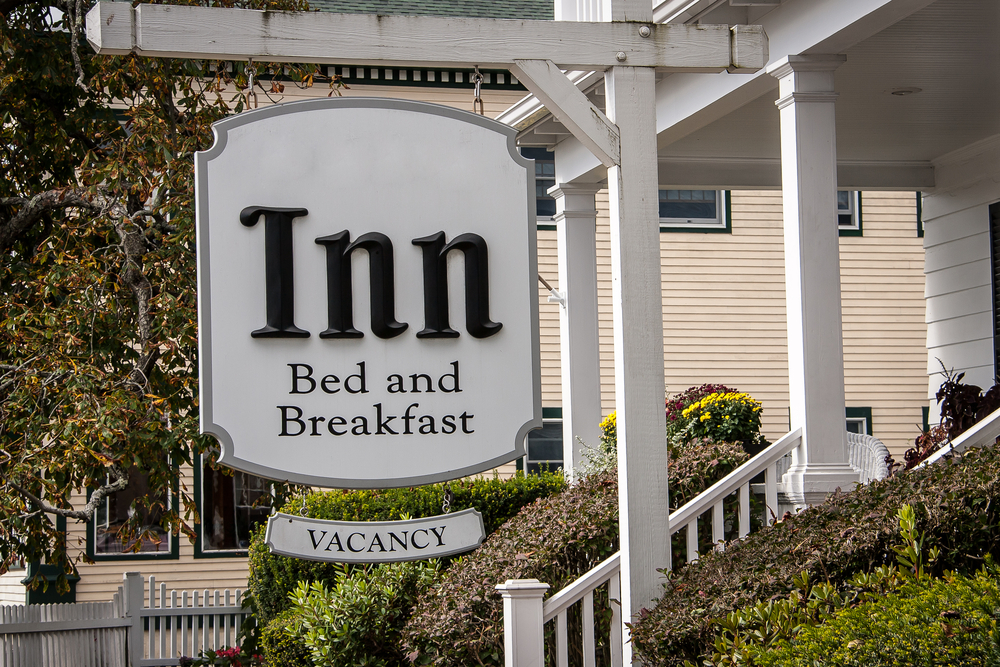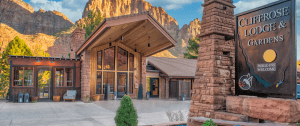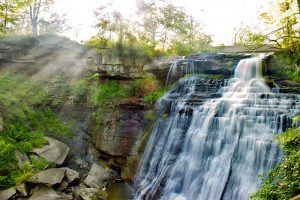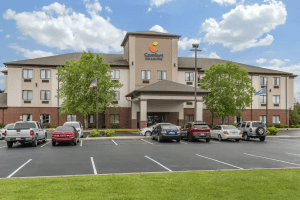A hotel offers lodging and amenities to travelers on a short-term basis. Hotels are mainly found in cities and large towns. They have dining rooms, lounges, and modern conference centers. An inn is usually a country or rural establishment where travelers can find lodging, meals, and refreshments.
Hotels, on average, are larger than inns with more rooms for rent. Some hotels contain on-site restaurants, casinos, gift shops, and sports bars. Larger hotels may even offer meeting rooms, transportation to and from airports, personal trainers, personal shoppers, gourmet dining, room service, and guided tours of nearby tourist spots. Inns often have far fewer amenities and far fewer rooms to rent. Inns typically make do with a shared dining area, a TV, and a bar.
Table of Contents
Cosmopolitan hotels and country inns
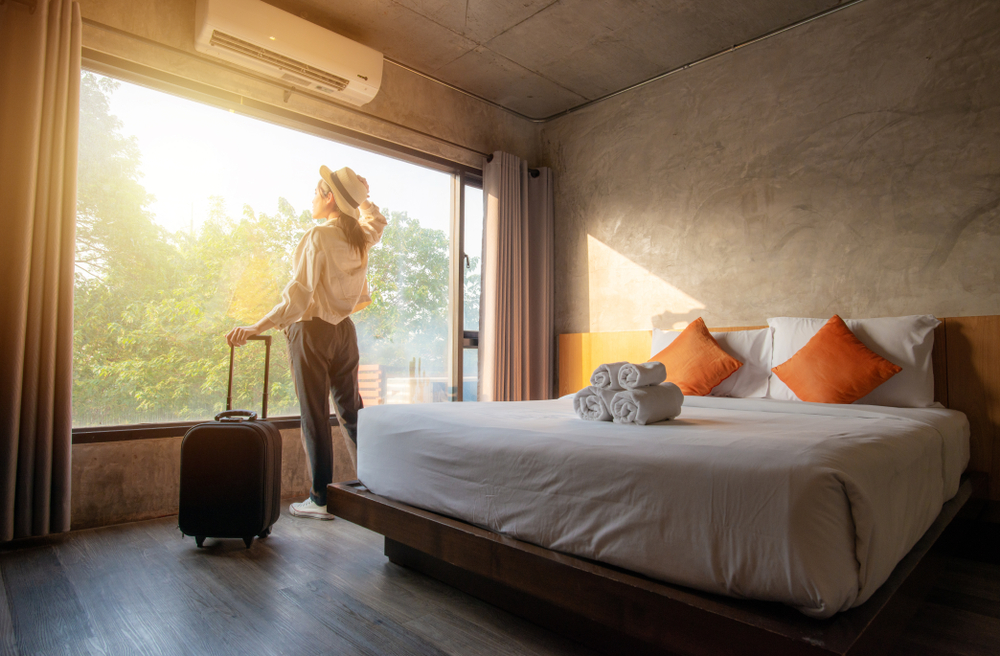
Hotels in big cities range from two or three floors to towering skyscrapers. Many hotels are architecturally interesting landmarks with inviting entryways, uniformed doormen, and plenty of staff. Hotels have indoor hallways with elevators and stairwells, so guests never have to venture outside.
Inns are usually smaller than hotels and look more like large houses or country estates. Few inns have doormen or valets. Some inns are actually old mansions and historic homes that have been converted into small businesses. An inn could be staffed by many, but often only a few people work there, sometimes just a husband and wife.
Inns were around a long time before hotels
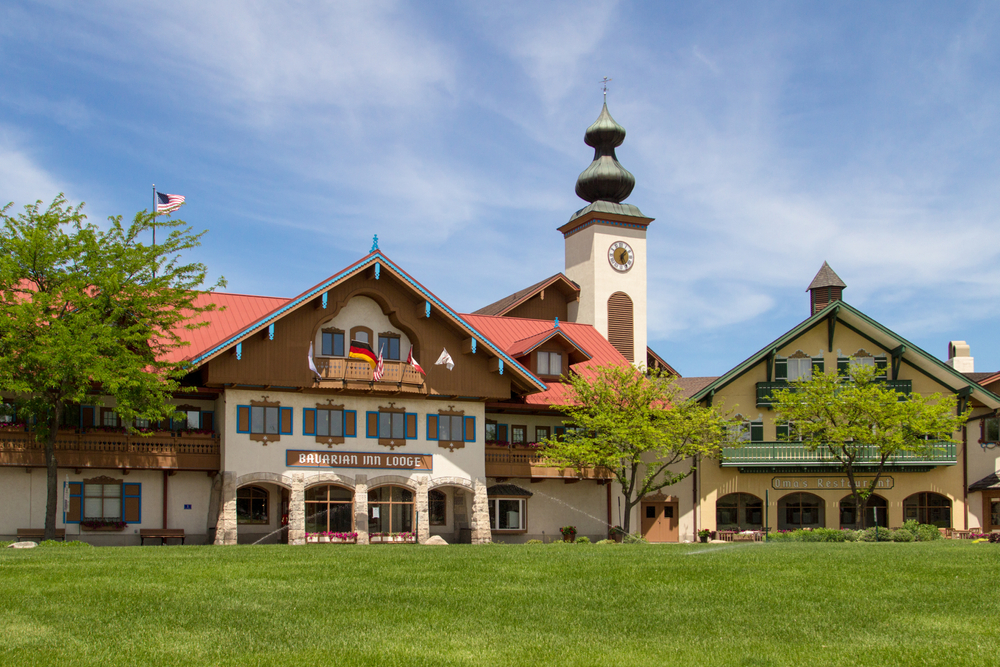
In the old days, inns not only provided lodging for travelers, but they also kept hay and provided accommodation for horses and livestock. In medieval Europe, when people traveled by coach, they stopped for the night at whatever inn or roadhouse was on the way. Coachmen, their passengers, and the horses depended on the inns for food, water, and a place to sleep.
From small inns to grand hotels

Innkeepers began to cater to more wealthy customers in the middle of the 18th century. They set fixed times for meals, and everything was run more professionally. Service became more and more important. Soon, small hotels sprang up to offer aristocrats and upper-class merchants more luxurious quarters than country inns could provide. The idea of “the grand hotel” was born.
The growth of the hotel and hospitality industry really took off in the 19th century, especially in the United States and Western Europe. The Aster House in New York City, the Savoy in London, and the Ritz in Paris are some of the first hotels to become famous.
Hotels and inns are part of the world’s landscape.
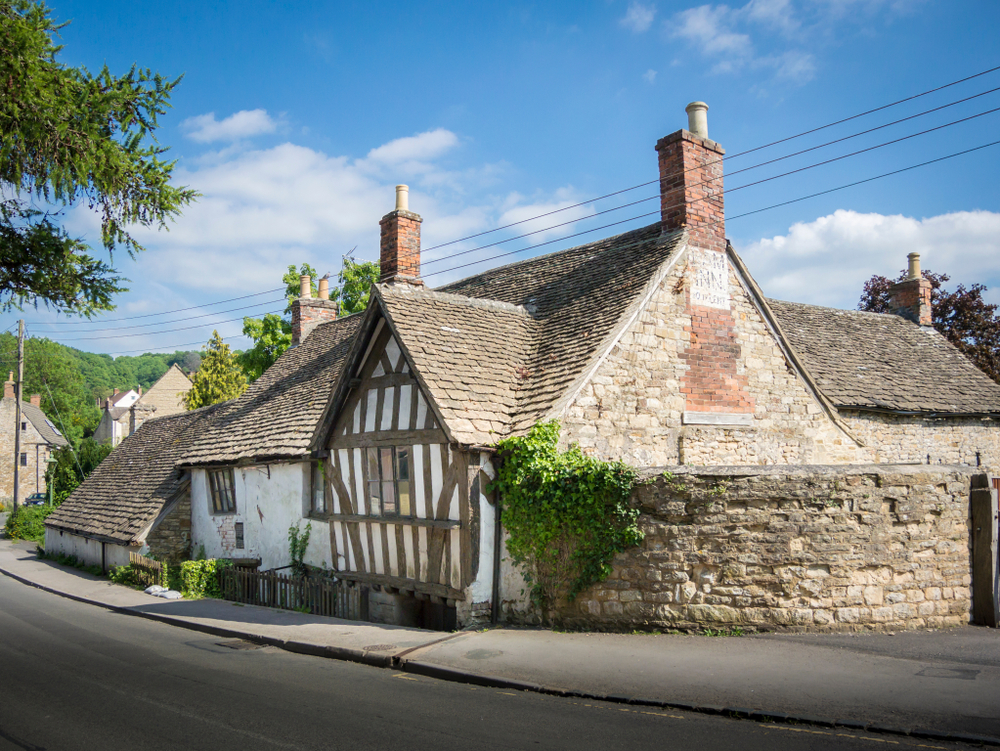
There are over 21 million short-term rentals in the world. The United States, with a total of almost 5 million, has a quarter of them, and in second place is China with 1.5 million rooms.
With close to a billion travelers every year looking for a place to stay, the hotels and inns around the world are all put to good use. It is hard to imagine traveling or leaving home without a place to shower, sleep, and recover from the road.
Hotels come in many shapes and sizes
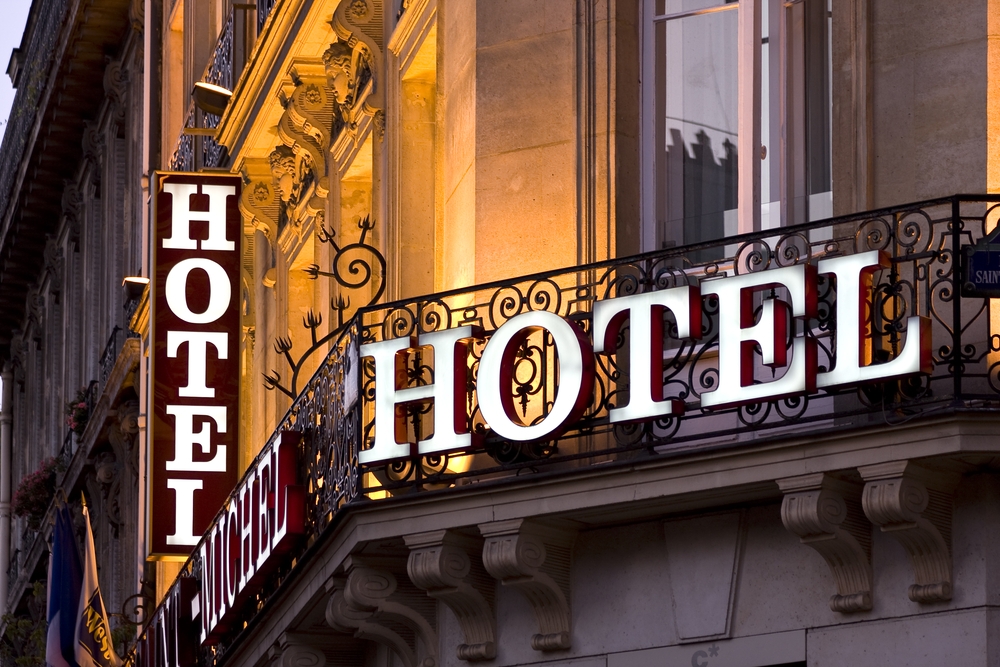
Hotels range from squalid, inner-city hovels to grand palaces and resorts. Some cater to prostitutes and drug addicts. The best ones are too costly for the average person and feature amenities like spas, upscale shopping, fine dining, lounges, live music, dancing, workout rooms, saunas, golf courses, tennis courts, tropical gardens, tennis courts, and elaborate swimming pools.
Some hotels cater only to the adventurous. Underwater hotels, cave hotels, igloo hotels, and tree-house hotels exist to provide unusual experiences and excitement. Visitors can swim with sharks, study the bats, watch polar bears, and interact with a variety of tree-dwellers!
The ins and outs of inns
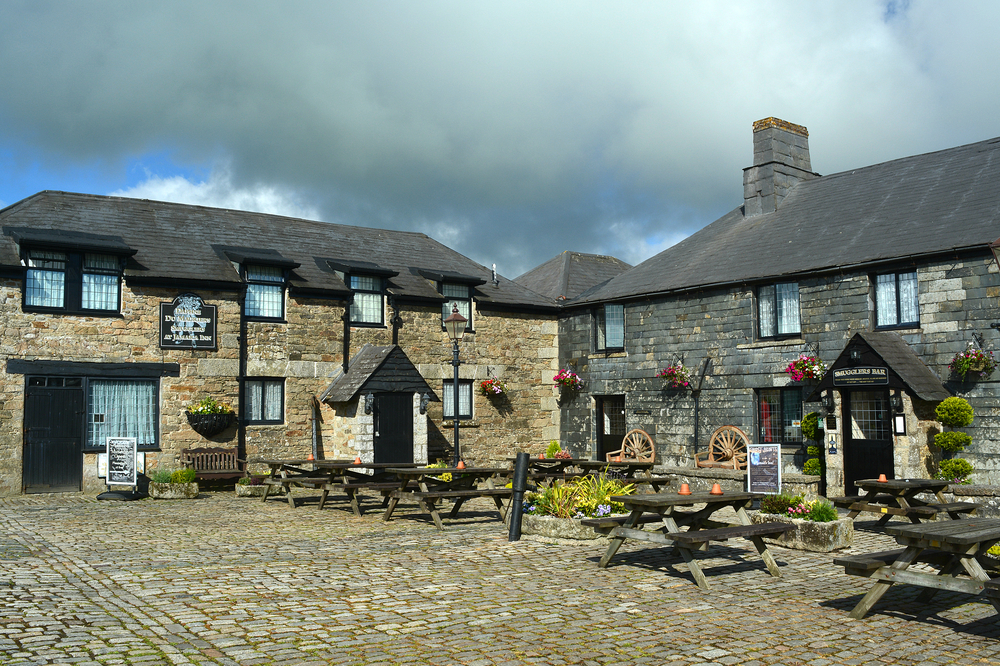
Inns are often called B&B’s (Bed & Breakfasts). Inns and B&B’s provide rooms and meals with a relaxed, family-friendly atmosphere. They are more personal and less formal than most hotels. Most B&B owners live on-site and perform many duties, including public relations, office management, meal planning, shopping, cooking, grounds maintenance, and housekeeping.
Inns are also called lodges, but lodges tend to be more remote. When people head to the Rockies or the Alps for some skiing, they often stay in ski lodges. Lodges, just like inns, offer rooms, drinks, and meals for the weary. After a day on the slopes, all the skier wants is a hot meal, a nightcap, and a comfortable bed in the lodge.
What about motels?
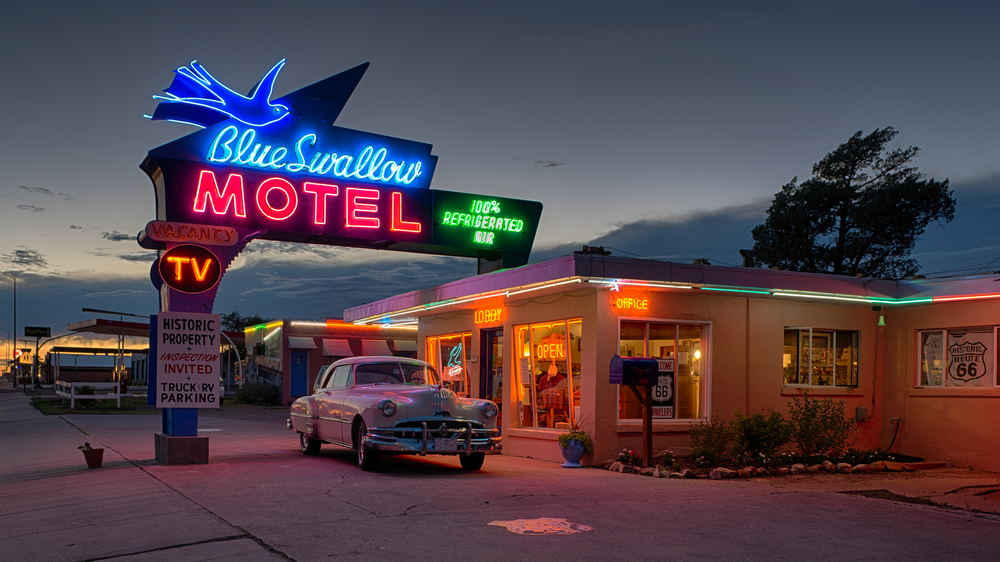
Motels, although they are a lot like hotels, are not the same. They differ in that individual rooms open directly outside onto the parking lot instead of opening into a hallway.
Motels, on average, are more economical than hotels, although not always. As with anything, the cost depends on location, amenities, reputation, and various other factors. Hotels also usually require advance reservations. Motels only require a quick registration upon arrival.
The word “motel” is an abbreviation for “motor hotel”. Although technically a hotel, a motel is different in many ways. People driving on interstate highways can find a motel at just about every exit. Motels do not usually require a reservation except during peak tourist season. Many motels are also rented by the hour, which is perfect for a trucker who needs a shower but not a nap.
Motels sprang up all over the place once the automobile was invented and still line America’s roadways. From vintage 1950s motels with classic neon signs to five-story franchises with billboards announcing which exit to take, motels are part of America’s past and present.
Campgrounds, cabins, and hostels provide other options

Along with inns, hotels, and motels, campgrounds are also available for travelers in more rural areas, especially near national parks, state parks, the seashore, wildlife areas, and other remote destinations.
Cabins and campgrounds can be rustic, romantic, or fancy. They run the gambit from elaborate green spaces with expensive furnishings and million-dollar RVs to 12×12-foot spots with a room for a tent. Most do have bathhouses, but visitors should not expect food (except for drink and snack machines).
Hostels are the most budget-friendly of all accommodations, however, they do have a few downsides. They don’t provide a lot of privacy, since the rooms are often shared, they may not have good shower facilities, and they may be off the beaten path. Hostels cater to backpackers, students, and people traveling on the cheap.
Whether choosing an inn for its friendly vibes or booking a room on the top floor of a landmark hotel, there is something out there for every traveler. Before heading out, do some research and find a place that meets your expectations and budget requirements.

